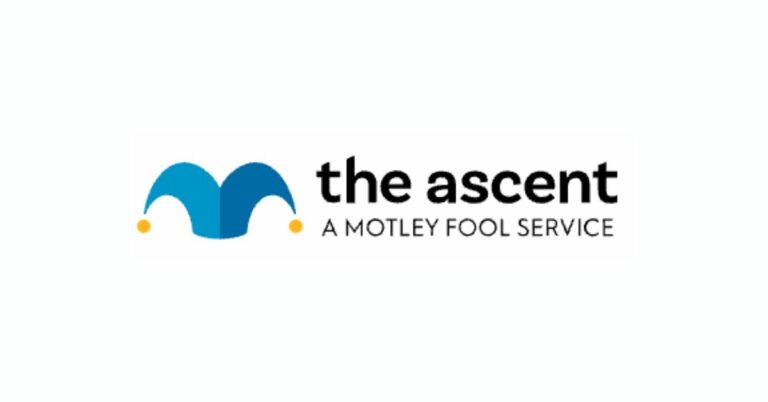Most Americans Will Use $600 Stimulus Checks to Pay for Basics

This article originally appeared on The Ascent
New data reveals that for the majority of people, those $600 stimulus checks are a lifeline.
At long last, stimulus checks have begun hitting Americans’ bank accounts. Those who already had direct deposit details on file with the IRS should, for the most part, have their money or get it really soon. Meanwhile, those waiting on a paper stimulus check or debit card may not see those funds until later on in January.
Either way, it’s clear that recipients are by and large desperate to get that money. According to the bill pay service doxo, 59% of Americans say they plan to use their stimulus checks for household bills. Another 11% say they’ll use their cash to feed their families. Only about 10% of stimulus check recipients plan to use that money to pay off credit card debt, while 11% say they’ll add that money to their savings accounts.
Why $600 really doesn’t cut it
The CARES Act, which was signed into law in late March, provided a $1,200 stimulus payment for eligible adults and $500 for eligible children. This second stimulus round caps payments at $600 per eligible recipient. Given the number of people who are struggling with unemployment and income loss, and who say they need that stimulus cash just to keep up with basic bills, it’s clear that a single $600 payment isn’t enough.
In late December, some lawmakers pushed to vote to bump up that $600 stimulus payment to $2,000 — but were denied. That said, once President-elect Joe Biden takes office later this month, he may seek to push through a third stimulus payment to help the many desperate Americans who need it.
How to get by if your stimulus just isn’t enough
If you’ve received your $600 stimulus payment and still need aid, it pays to explore your options for relief. Your best bet may be to reach out to the people and companies you owe money to and ask for more flexible payment terms. Your landlord, for example, might agree to discount your rent if you’re temporarily working part time because of the pandemic. Similarly, your auto loan servicer might let you pause your monthly payments for a bit, or lower them for the time being. Don’t hesitate to speak up and plead your case.
At the same time, it could pay to contact your state’s social services department and see what additional aid you may be eligible for. Similarly, see if you qualify for food assistance. These resources are there to help you in times of need. Check out our coronavirus resources for more options.
Unfortunately, given the extreme nature of the pandemic, a $600 stimulus payment is going to fall short for a lot of people. If you’re counting on that cash to make ends meet, definitely don’t hesitate to explore other relief options. And if you’re fortunate enough to not need that money for essentials, put it to good use, like paying down debt or adding to your emergency fund. Though coronavirus vaccines are on the way, we’re nowhere close to being done with this pandemic, so it pays to make the most of that stimulus money — especially since there’s no guarantee this won’t be the final round of it.
